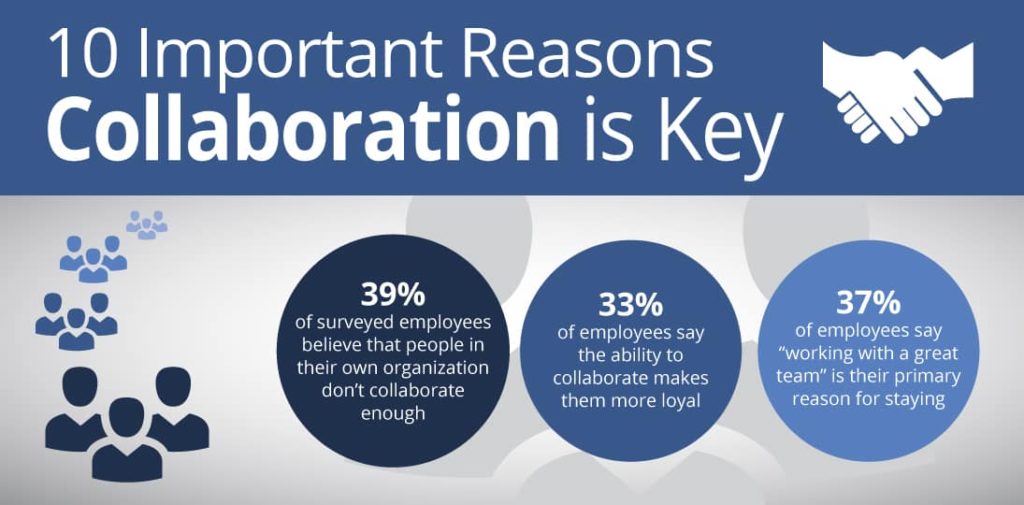Why Collaboration Strengthens the Workplace
A collaborative team is more than a group of people working side by side—it’s a network of individuals who actively share ideas, skills, and responsibilities to achieve common goals. This dynamic creates a stronger, more adaptive workforce capable of handling complex challenges. When team members collaborate effectively, they draw on each other’s strengths, balance out weaknesses, and build solutions that are more creative and robust than those developed in isolation. A culture of collaboration fosters trust, mutual respect, and a sense of shared ownership over results, all of which enhance both individual satisfaction and organizational performance.
Boosting Innovation and Problem-Solving
One of the most powerful benefits of a collaborative team is the increased potential for innovation. Different perspectives and experiences lead to a wider range of ideas, which can spark creative solutions that a single individual might not conceive. Collaboration also accelerates problem-solving, as team members can quickly assess options, challenge each other’s assumptions, and arrive at decisions more efficiently. This shared input helps reduce blind spots, making strategies more effective and reducing the risk of costly oversights. In fast-changing industries, this ability to innovate and adapt quickly can be a decisive competitive advantage.
Strengthening Communication and Engagement
A truly collaborative team depends on open and honest communication. Members regularly share updates, offer constructive feedback, and listen to each other’s concerns. This transparency builds trust and keeps everyone aligned, ensuring that misunderstandings are minimized. Moreover, when employees feel their voices are heard and their contributions matter, their engagement naturally increases. High engagement leads to greater motivation, better performance, and a stronger connection to the organization’s mission. Collaborative environments also tend to have higher morale, as people work together toward shared achievements rather than competing against one another.
Leveraging Tools to Support Collaboration
Modern workplaces have a wealth of tools that make collaboration easier and more effective, especially in remote or hybrid setups. Among these, the collaborative whiteboard has become a staple for brainstorming and project planning. A collaborative whiteboard is a digital space where multiple users can simultaneously add ideas, diagrams, notes, and visuals in real time. It mirrors the experience of gathering around a physical board in a meeting room but removes geographic limitations, enabling team members from different locations to contribute equally. Whether mapping out a project timeline, organizing workflow priorities, or sketching out product concepts, collaborative whiteboards help capture ideas quickly and visually, keeping momentum high and ensuring that creativity is accessible to everyone.
Developing a Culture of Mutual Support
A collaborative team thrives in a culture where mutual support is the norm. Members are willing to step in when a colleague needs help, share resources, and celebrate each other’s successes. This sense of solidarity reduces stress during high-pressure periods and creates a more resilient workforce. When challenges arise, the team rallies together rather than allowing individuals to struggle alone. Managers play a critical role in fostering this culture by setting expectations for teamwork, recognizing collaborative efforts, and ensuring that workloads are balanced to avoid burnout.
Encouraging Professional Growth and Learning
Collaboration also promotes continuous learning. Working closely with colleagues exposes team members to new skills, tools, and approaches. Over time, this cross-pollination of knowledge enhances individual capabilities and broadens professional horizons. It also prepares employees to take on more complex tasks or leadership roles in the future. By creating opportunities for peer-to-peer learning, organizations ensure that expertise is distributed more evenly, reducing dependence on a few key individuals and strengthening the overall talent base.
Conclusion: Collaboration as a Strategic Goal
Building a collaborative team is not simply a feel-good initiative—it’s a strategic decision that can significantly improve performance, adaptability, and workplace culture. From fostering innovation and enhancing communication to supporting professional growth, the benefits are both immediate and long-term. Tools like collaborative whiteboards make it easier than ever to bring ideas together, while a supportive culture ensures that collaboration remains strong. By prioritizing teamwork and creating the structures that allow it to flourish, organizations position themselves for greater resilience, creativity, and success in an ever-evolving business landscape.
